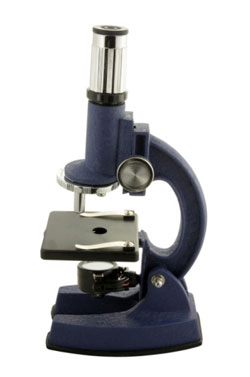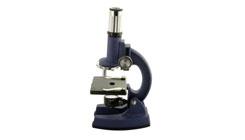After graduating from the University of San Diego, Hussein Yahfoufi knew he ultimately wanted to end up as a CIO or CTO. But he had a couple of hurdles to scale. First, his degree was in finance. Second, his first couple of jobs were in finance, not tech. On the other hand, he excelled at IT work, and received rave reviews for his project work.  Still, he knew he had to carefully review his situation if he wanted to find his dream job. To get started, he decided to do a SWOT analysis. SWOT stands for "Strengths, Weaknesses, Opportunities and Threats. Although it was devised by management consultant Albert Humphrey more than 50 years ago to evaluate projects and business ventures, it's also an excellent tool for career assessment. “A SWOT analysis can help you organize your thoughts about your career plans, and help make clear some thought processes you had never articulated before,” says Leigh Steere, co-founder of the consulting firm Managing People Better in Boulder, Colorado. Aside from helping you find a job, SWOT can also be a road map to helping you reach the next stage of your career. Here are some tips on making your self-analysis as effective as it can be.
Still, he knew he had to carefully review his situation if he wanted to find his dream job. To get started, he decided to do a SWOT analysis. SWOT stands for "Strengths, Weaknesses, Opportunities and Threats. Although it was devised by management consultant Albert Humphrey more than 50 years ago to evaluate projects and business ventures, it's also an excellent tool for career assessment. “A SWOT analysis can help you organize your thoughts about your career plans, and help make clear some thought processes you had never articulated before,” says Leigh Steere, co-founder of the consulting firm Managing People Better in Boulder, Colorado. Aside from helping you find a job, SWOT can also be a road map to helping you reach the next stage of your career. Here are some tips on making your self-analysis as effective as it can be.
Be Honest
Be honest with yourself. This is critical. Unless you do a frank and objective self-assessment, the SWOT analysis is meaningless. "You have to be truthful and honest about who you are,” says Kathy McShane, a marketing veteran and adjunct professor at New York University. “You have to ask yourself the hard questions: 'What are my weaknesses?' What do I avoid?' You really have to be brutally honest."
Find a Partner
Next, get someone who knows you really well to work with. For this you need a disinterested party who can spot baloney and keep you honest. "You need someone who’s an independent thinker,” says Kelley Rexroad, an HR consultant and career coach in suburban Tampa. The ideal person is someone who knew you long before you held your job. “They will ask you questions you don’t expect," she explains. "They are just seeing you as who you were as a person, and not as that job. It’s allowing someone to probe a little more who has no ego in the game and is just happy to connect with you.”
Be Flexible
Consider blending other models with the SWOT analysis. Steere says that while the analysis is an excellent tool for professional self-assessment, it does have some limitations. “The strengths and weaknesses are internal to the person,” she says. “The opportunities and threats are external to the person. My experience is that the internal things are more important to the individual.” In addition to strengths, weaknesses, opportunities and threats, Steere uses some other variations. "Good at/like to do; Good at/don't like to do; Not very proficient/like to do; Not very proficient/don't like to do." This helps narrow down the types of job tasks you'd like to do more and those you'd like to do less. "These exercises are very helpful for gaining clarity," Steere says. "They provide lenses for employees to look at their careers in an organized fashion, and they often provide employers with important insight into how to motivate and inspire an employee and help them grow professionally."
Trust Your Instincts
“Deep down inside everybody knows what they like to do and don’t like to do,” Steere believes. In conducting his analysis, Yahfoufi followed this strategy. Although his first couple of jobs led him into finance, he knew he didn’t want to be there. “I always knew I didn’t want just a 9-to-5 job where I was doing the same thing over and over again,” says Yahfoufi, who is now senior director of technology and corporate services for a solar energy finance company in San Diego. “The reason to do this analysis was to ask, what do I want, what do I want to focus on, what kind of next job should I find?”


